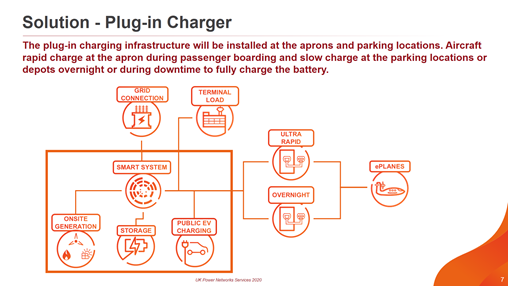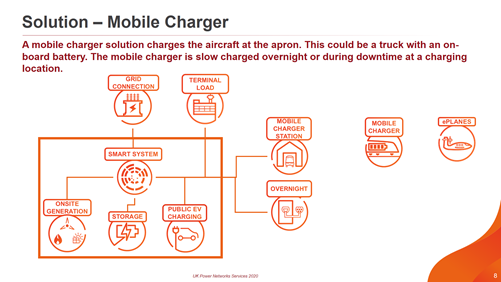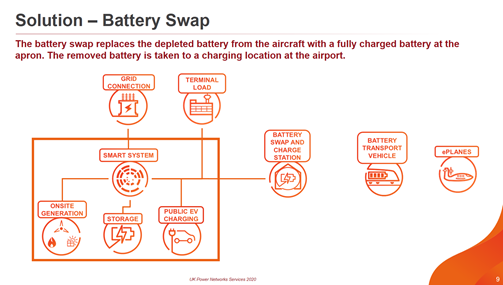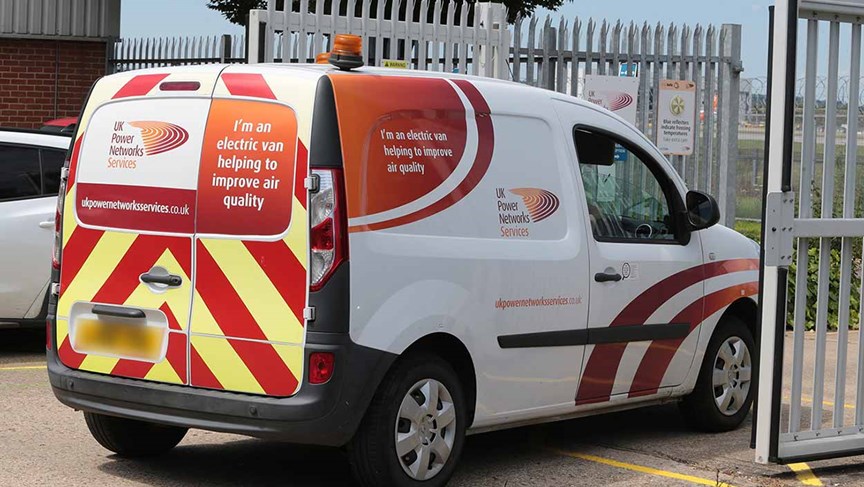Insight
Reimagining the power of flight
Late 2019, the UK government launched the first phase of a £125 million 4-year investment programme to engender innovation and encourage the aviation industry to develop ideas to meet the challenges posed by future flight. The Future Flight Challenge initiative aims to identify innovative ways to achieve greener flights, increased mobility, better connectivity and reduced congestion.
In less than a year, the COVID-19 pandemic has severely unravelled the aviation industry and left it in dire need of recovery. While the immediate priorities of industry executives will be focused on working with authorities to safely open up borders and relax quarantine measures, and bringing passengers back, these will not remain the key challenges facing the industry.
The aviation sector has long been in the spotlight for its negative contribution to climate change, polluting the air with CO2 emissions and other greenhouse gases. Aviation in its current form is not sustainable. According to a report by Energy Systems Catapult1, the aviation sector would contribute 46% of CO2 emissions in the UK by 2050 if no progress is made within the sector to reduce its carbon footprint. Yet, the technologies to decarbonise air travel are still nascent.
Flying requires an enormous amount of energy and the electric aircraft of the future will need to be supported by complex ecosystem. Some of the biggest challenges facing electrification of aircraft include –
1. Low energy density - The battery options that are available currently are low in energy density which means a very heavy battery is required to achieve a full electric trip and this is not technically feasible.
2. High battery cost – Although the price of batteries has reduced significantly over the last decade, batteries remain expensive for aviation application because a very large battery is required to electrify an aircraft.
3. Lack of available aircraft – Owing to the lack of feasible battery technology, there is little industry interest to build electric aircraft.
4. Lack of electrical infrastructure – As airlines do tend to run on relatively tight margins, it is necessary to keep turnaround time between flights short. Electric aircraft will therefore require a charging infrastructure that is both powerful and efficient. In addition, the amount of energy required to power electric aircraft will likely exceed what existing airports’ electrical infrastructure can deliver and new infrastructure will therefore have to be purpose built. This will mean significant financial investment.
While it may take some time before the aviation sector will be fully electrified, there is scope for regional and national flights to be early adopters and make use of hybrid or electric aircraft in the short to mid-term. The plan to achieve an 80-seater electric aircraft may be technically and economically viable by 2035 according to IATA. In this scenario, airports will need to be fitted out with the right electrical charging infrastructure that is also smart, financially feasible and able to integrate with other distributed energy resources.
In the illustrations below, we explore three potential solutions that could support hybrid or electric aircraft.
Solution 1: Plug-in Charger

With the placement of plug-in charger at aprons and parking locations, ultra-rapid charging can take place while the aircraft is in-situ, eliminating the need to transport the aircraft elsewhere for charging. The main consideration that may not work in favour of this option is that the turnaround time may not be long enough for the battery to be fully charged. Installing plug-in chargers will also require significant civil works at the airside and significant power capacity to charge aircrafts on demand.
Solution 2: Mobile Charger

To mitigate the need to invest in significant electrical infrastructure installation works at airside, mobile chargers or airside vehicles that are equipped with a large battery can be mobilised to charge the depleted aircraft battery. The used mobile battery is then recharged at the charging station. For this solution work, the mobile battery must feature a large enough capacity in order to charge the aircraft battery quickly and efficiently, and this will likely be an expensive option. The main drawback is similar to that of the plug-in charger, which is that it may not be possible to fully charge the aircraft due to the short turnaround time.
Solution 3: Battery Swap

The final option involves battery swaps. Essentially, a new fully charged battery is used to replace the depleted battery from the aircraft and the removed battery is taken to a charging location within the airport. This approach avoids the need for significant airside electrical installations, but a whole new battery swap plant will have to be developed from scratch. In addition, there will be a need to standardise batteries for aircraft compatibility.
Successful implementation of any one or combination of the scenarios outlined above will require a deep understanding of the complexities of energy management systems and how your electrical infrastructure can be optimised to maximise savings, significantly reduce carbon emissions while improving the overall business case for electric aircraft.
At UK Power Networks Services, we have a track record of delivering innovation and solving energy challenges in a safe, reliable and cost-efficient manner. Our unparalleled experience of working with the major airports in the UK and large-scale energy projects across different sectors give us unique cross-sector expertise to apply learnings and best practices that deliver additional value-add to clients, allowing them to focus on their core business and most important business priorities.
[1] https://es.catapult.org.uk/reports/net-zero-living-carbon-free/




